New global report urges urgent action to save wetlands – Mongabay
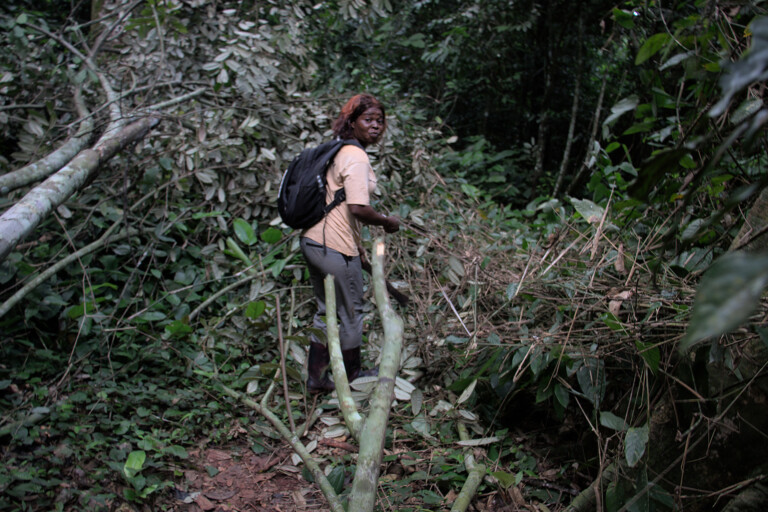
Report on the Global Wetland Outlook 2025
Executive Summary
A report from the Secretariat of the Convention on Wetlands, titled “Global Wetland Outlook 2025,” indicates a critical and accelerating loss of global wetlands. These ecosystems are fundamental to achieving numerous Sustainable Development Goals (SDGs), including those related to water, climate, biodiversity, and human livelihoods. The report outlines the scale of the threat, the immense value of wetlands to global sustainability, and presents a strategic framework for reversing current trends through targeted investment and policy integration.
The State of Global Wetlands: A Threat to Sustainable Development
Alarming Rate of Decline
The report reveals that 22% of the world’s wetlands have been lost since 1970. Projections indicate that without immediate and significant intervention, an additional one-fifth of the planet’s remaining wetlands could be at risk by 2050. This rapid degradation poses a direct threat to the 2030 Agenda for Sustainable Development.
Contribution to Global Goals and Economic Stability
Despite covering only 6% of the Earth’s land surface, wetlands provide essential ecosystem services valued at over $39 trillion annually, equivalent to more than 7.5% of global GDP. The loss of these services directly undermines progress on several SDGs:
- SDG 6 (Clean Water and Sanitation): Wetlands are integral to the hydrological cycle, providing critical water purification and supply services.
- SDG 13 (Climate Action): As vital carbon sinks and buffers against extreme weather events, wetlands are a key nature-based solution for climate change mitigation and adaptation.
- SDG 14 (Life Below Water) & SDG 15 (Life on Land): Wetlands are biodiversity hotspots, and their destruction leads to irreversible habitat and species loss.
- SDG 1 (No Poverty) & SDG 2 (Zero Hunger): Billions of people depend on wetlands for food systems and livelihoods, making their health essential for poverty reduction and food security.
- SDG 8 (Decent Work and Economic Growth): The economic contributions of wetlands, from fisheries to tourism, are substantial, and their degradation represents a significant economic risk.
A Strategic Framework for Wetland Conservation and SDG Achievement
Identified Funding and Policy Gaps
A major barrier to wetland conservation is a severe lack of investment. Wetlands currently receive less than 9% of all climate finance allocated to nature-based solutions. Overall global commitments to wetland protection and restoration remain at just 0.25% of global GDP, a figure insufficient to address the scale of the crisis. The report notes that wetlands are consistently “overlooked in budgets, underrepresented in plans, and underfunded in action.”
Recommended Transformative Pathways
The report proposes four transformative pathways to integrate wetland conservation into global sustainability efforts:
- Integrate wetlands into national planning to ensure their protection is a core component of sustainable development strategies.
- Embed wetland conservation into climate and biodiversity finance mechanisms, directly linking their preservation to achieving SDG 13, SDG 14, and SDG 15.
- Recognize and institutionalize the central role of wetlands in the global hydrological cycle, a critical step for securing SDG 6.
- Mobilize blended public-private finance to scale up protection and restoration, leveraging SDG 17 (Partnerships for the Goals) to meet the immense funding requirements.
Case Studies in Progress and Future Targets
Demonstrable Success in Achieving Local and Regional Goals
Despite the challenges, the report highlights successful initiatives that demonstrate the viability of the proposed pathways:
- Zambia’s Kafue Flats: An initial $300,000 restoration project has catalyzed a $1 million annual investment, securing biodiversity and the ecosystem services that support approximately 1.3 million people, contributing to SDG 1 and SDG 2.
- The Regional Flyway Initiative: A $3 billion partnership across Asia, exemplifying SDG 17, is working to restore over 140 wetlands. This initiative is critical for migratory birds (SDG 15) and the nearly 200 million people who depend on these ecosystems.
Global Conservation Targets
To meet global biodiversity and climate targets (SDG 13, 14, 15), the report estimates that the effective conservation and restoration of 5.5 million square kilometers of wetlands is necessary. Achieving this target requires a substantial increase in funding, far exceeding current commitments.
Conclusion and Outlook
The “Global Wetland Outlook 2025” presents a clear ultimatum: the continued degradation of wetlands will severely impede the achievement of the Sustainable Development Goals. However, it also provides a hopeful and actionable roadmap. The success of existing initiatives proves that progress is possible. The upcoming Ramsar Convention’s COP15 summit represents a pivotal opportunity for the international community to commit to the transformative pathways needed to secure these vital ecosystems for a sustainable future.
Analysis of Sustainable Development Goals in the Article
1. Which SDGs are addressed or connected to the issues highlighted in the article?
-
SDG 6: Clean Water and Sanitation
The article directly connects wetlands to the water cycle and water quality. It states that wetlands provide essential ecosystem services, including “water purification” and are “fundamental to the water cycle.” This highlights their critical role in maintaining fresh water resources, which is the core focus of SDG 6.
-
SDG 13: Climate Action
The article emphasizes the role of wetlands in mitigating climate change, describing them as crucial for “carbon storage” and a “global response to climate change.” It also points out the need to embed wetlands in “climate… finance” and national planning, linking their conservation directly to climate action strategies.
-
SDG 14: Life Below Water
Coastal wetlands are implicitly addressed through the mention of “coastal protection” as a key ecosystem service. These ecosystems, such as mangroves and salt marshes, are critical for marine and coastal health, biodiversity, and protecting coastal communities from storms, aligning with the goals of SDG 14.
-
SDG 15: Life on Land
This is the most central SDG in the article. The entire piece focuses on wetlands, which are inland freshwater ecosystems. The article discusses their rapid loss, their value for “biodiversity” (mentioning support for “migratory birds”), and the urgent need for their “protection and restoration,” which are all core components of SDG 15.
-
SDG 17: Partnerships for the Goals
The article underscores the need for enhanced financial and collaborative efforts. It calls for “blended public-private finance,” highlights the “Regional Flyway Initiative, a $3 billion partnership,” and laments that wetlands are “underfunded in action.” This focus on mobilizing financial resources and building partnerships to achieve environmental goals is central to SDG 17.
2. What specific targets under those SDGs can be identified based on the article’s content?
-
Target 6.6:
“By 2020, protect and restore water-related ecosystems, including mountains, forests, wetlands, rivers, aquifers and lakes.” The article’s main call to action is to reverse the trend of wetland loss through “protection and restoration,” directly aligning with this target. The warning that “22% of the world’s wetlands have been lost since 1970” underscores the urgency of this target.
-
Target 13.2:
“Integrate climate change measures into national policies, strategies and planning.” The report’s recommendation to “integrat[e] wetlands into national planning” and “embed[] them in climate and biodiversity finance” is a direct reflection of this target.
-
Target 14.2:
“By 2020, sustainably manage and protect marine and coastal ecosystems to avoid significant adverse impacts… and take action for their restoration.” The mention of “coastal protection” as a wetland service connects to this target, as the health of coastal wetlands is essential for protecting broader marine ecosystems and coastlines.
-
Target 15.1:
“By 2020, ensure the conservation, restoration and sustainable use of terrestrial and inland freshwater ecosystems and their services, in particular forests, wetlands…” The article is entirely focused on this target, calling for the “effective conservation and restoration of 5.5 million square kilometers… of wetlands.”
-
Target 15.5:
“Take urgent and significant action to reduce the degradation of natural habitats, halt the loss of biodiversity and, by 2020, protect and prevent the extinction of threatened species.” The article’s reference to restoring wetlands “critical to migratory birds” directly addresses the biodiversity aspect of this target.
-
Target 17.3:
“Mobilize additional financial resources for developing countries from multiple sources.” The article’s strong emphasis on the funding gap, the need to “mobilize[] blended public-private finance,” and the fact that current funding is “just 0.25% of global GDP” directly relates to the need for increased financial mobilization.
3. Are there any indicators mentioned or implied in the article that can be used to measure progress towards the identified targets?
-
Indicator for Change in Ecosystem Extent (relevant to Targets 6.6 and 15.1):
The article provides a clear baseline and trend indicator: “22% of the world’s wetlands have been lost since 1970.” This figure directly measures the “change in the extent of water-related ecosystems over time” (Indicator 6.6.1).
-
Indicator for Restoration Area (relevant to Target 15.1):
A quantifiable target for future progress is stated: the need for “effective conservation and restoration of 5.5 million square kilometers… of wetlands.” This provides a specific area-based metric to track restoration efforts.
-
Indicators for Financial Flows (relevant to Target 17.3):
The article provides several financial indicators that can be used to measure progress:
- The proportion of climate finance allocated: “wetlands receive less than 9% of all climate finance earmarked for nature-based solutions.”
- The overall investment relative to the global economy: “current commitments, which remain at just 0.25% of global GDP.”
- Specific examples of mobilized funds: a “$1 million annual investment” in Zambia and a “$3 billion partnership” in Asia. These serve as concrete examples of financial resource mobilization.
4. Table of SDGs, Targets, and Indicators
| SDGs | Targets | Indicators Identified in the Article |
|---|---|---|
| SDG 6: Clean Water and Sanitation | Target 6.6: Protect and restore water-related ecosystems, including wetlands. | The rate of wetland loss: “22% of the world’s wetlands have been lost since 1970.” (Measures change in ecosystem extent). |
| SDG 13: Climate Action | Target 13.2: Integrate climate change measures into national policies, strategies and planning. | The call to “integrat[e] wetlands into national planning” and “embed[] them in climate and biodiversity finance.” |
| SDG 14: Life Below Water | Target 14.2: Sustainably manage and protect marine and coastal ecosystems. | The mention of “coastal protection” as a key service provided by wetlands. |
| SDG 15: Life on Land | Target 15.1: Ensure the conservation and restoration of terrestrial and inland freshwater ecosystems, especially wetlands.
Target 15.5: Halt the loss of biodiversity. |
A quantifiable restoration goal: “conservation and restoration of 5.5 million square kilometers… of wetlands.”
Mention of restoring wetlands “critical to migratory birds.” |
| SDG 17: Partnerships for the Goals | Target 17.3: Mobilize additional financial resources from multiple sources. | Financial metrics: “less than 9% of all climate finance for nature-based solutions,” “just 0.25% of global GDP” in current commitments, and examples of mobilized funds (“$1 million annual investment,” “$3 billion partnership”). |
Source: news.mongabay.com

What is Your Reaction?
 Like
0
Like
0
 Dislike
0
Dislike
0
 Love
0
Love
0
 Funny
0
Funny
0
 Angry
0
Angry
0
 Sad
0
Sad
0
 Wow
0
Wow
0







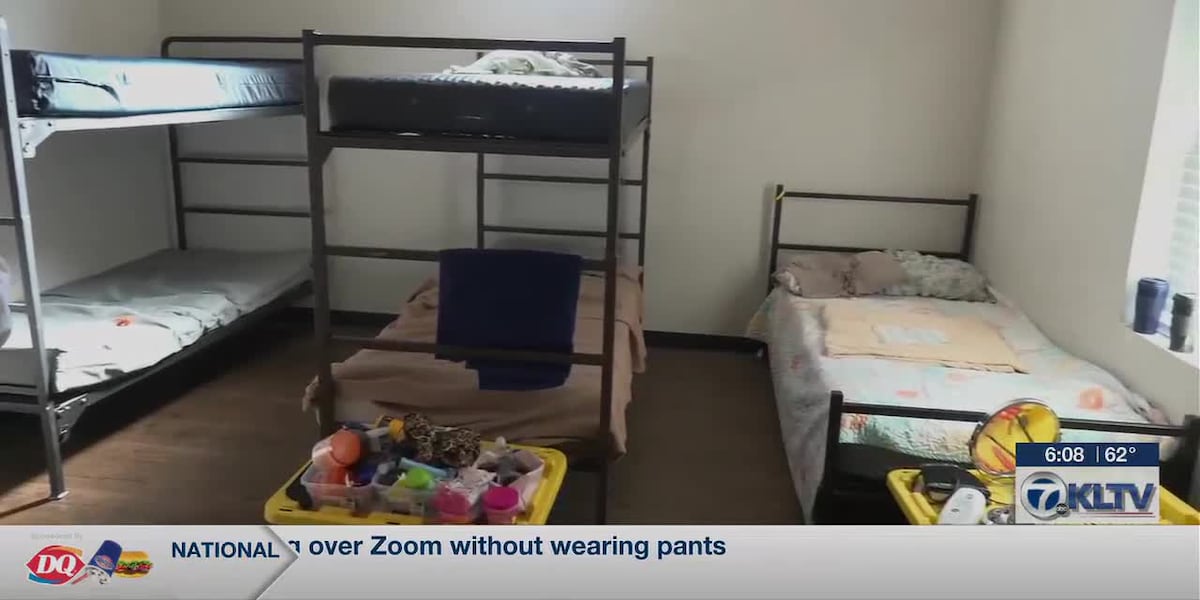



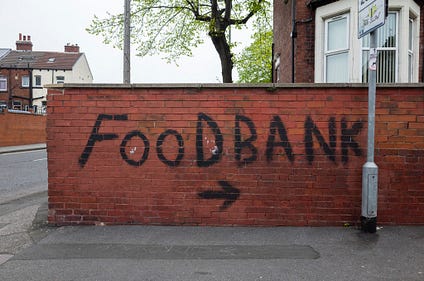

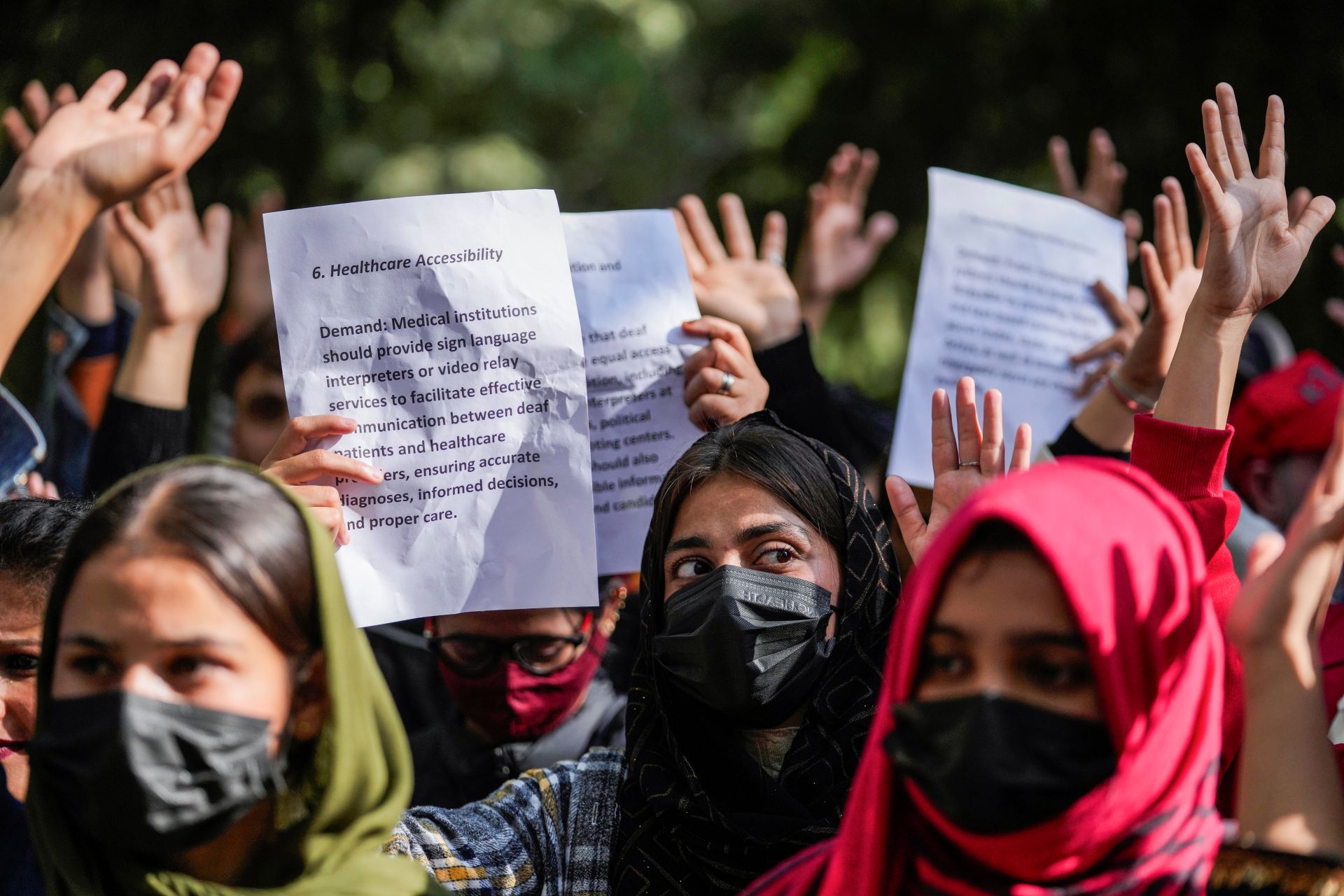








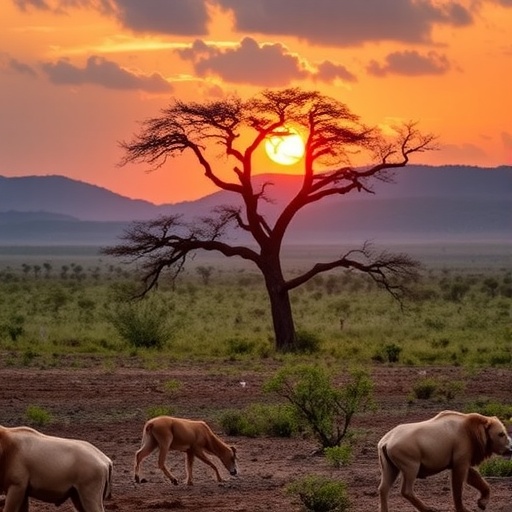
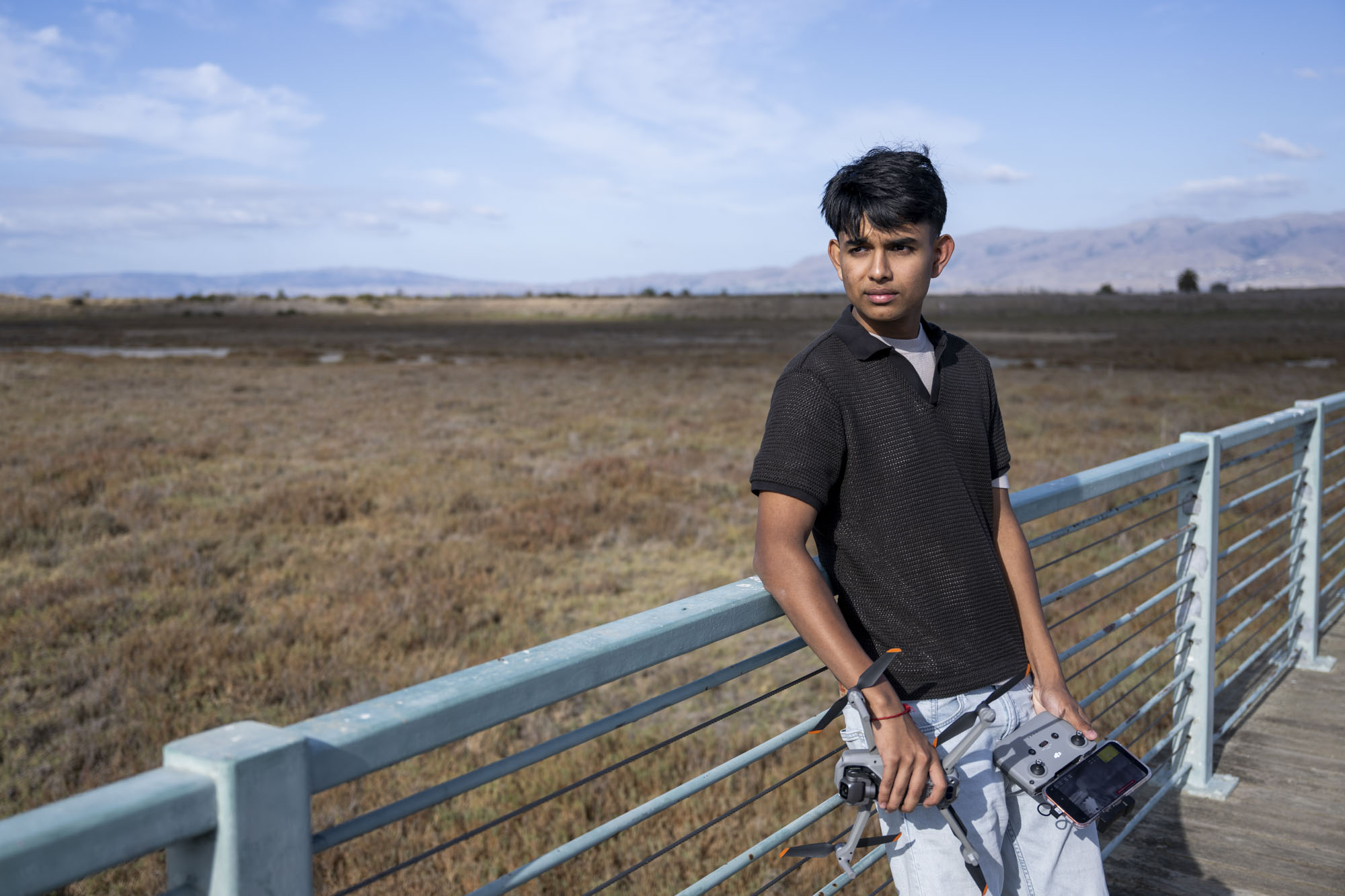



;Resize=805#)

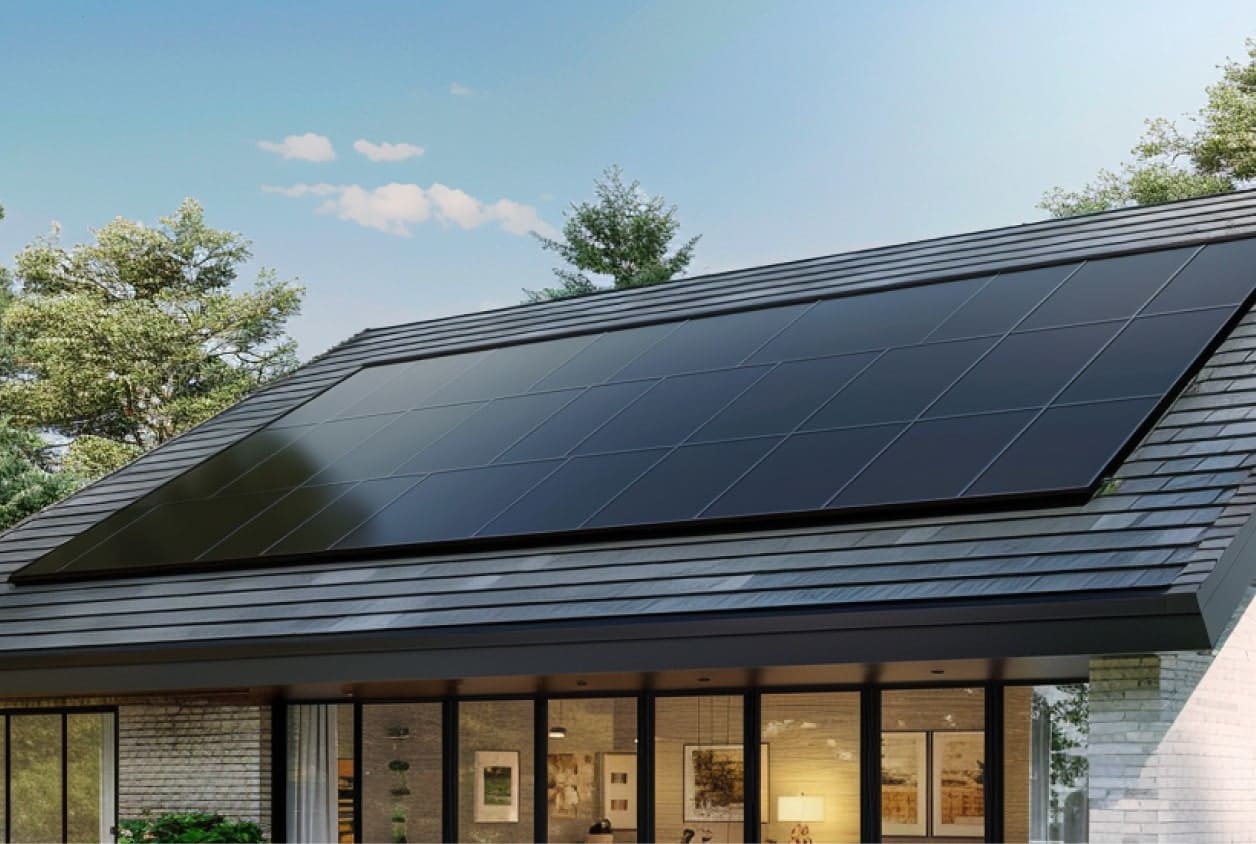


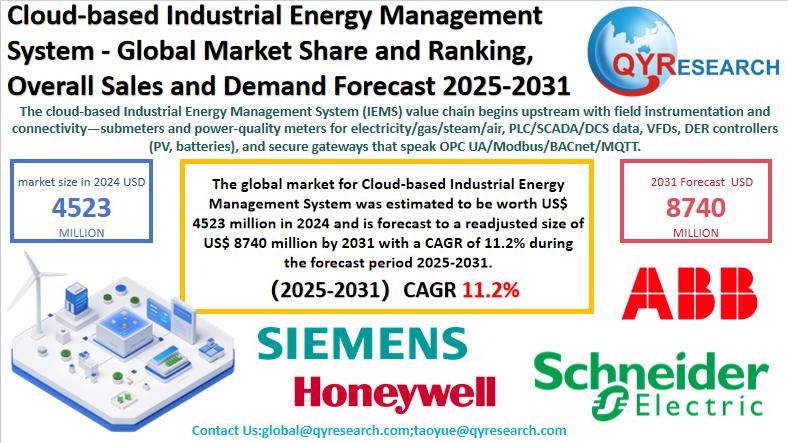


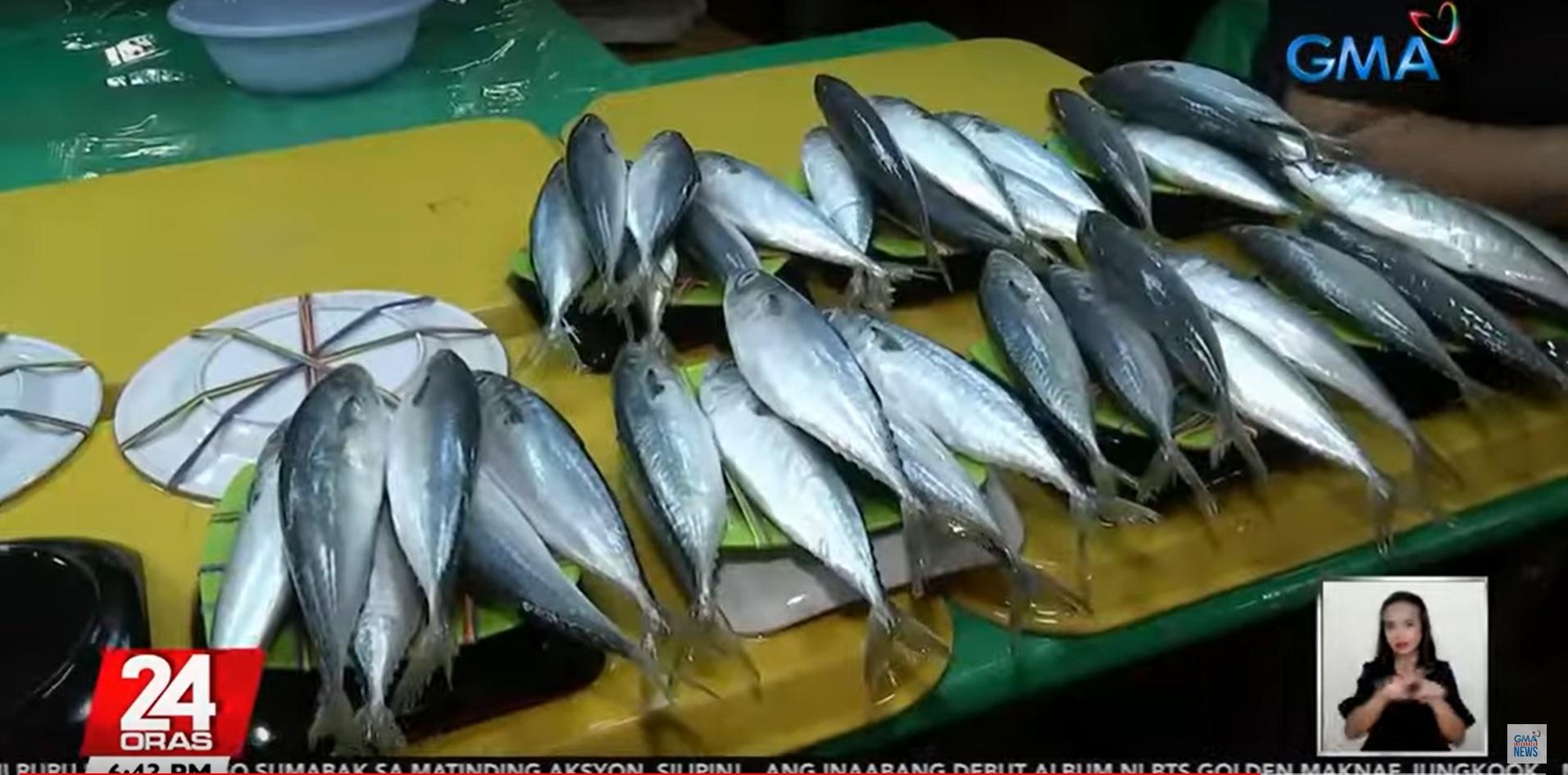


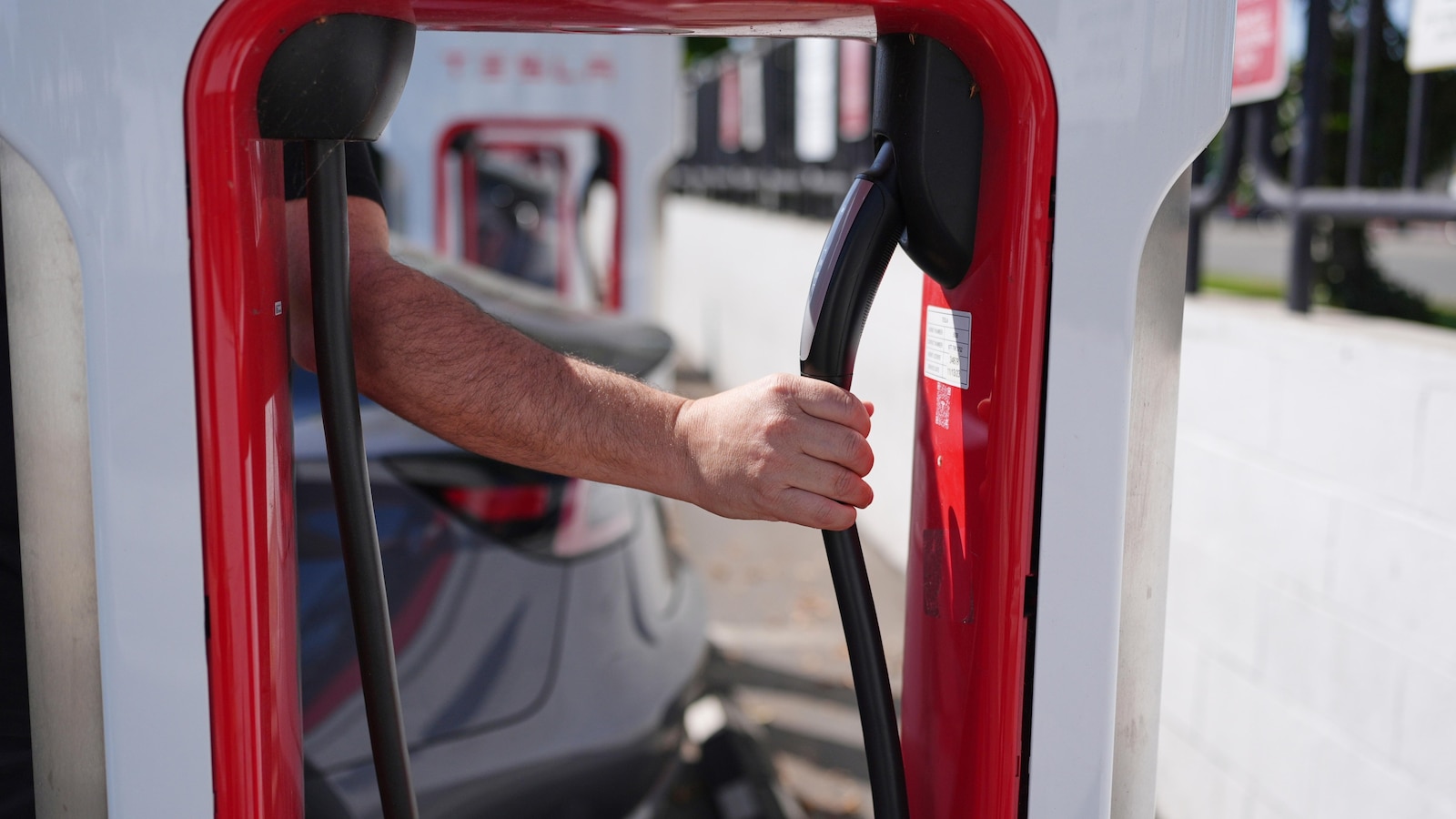
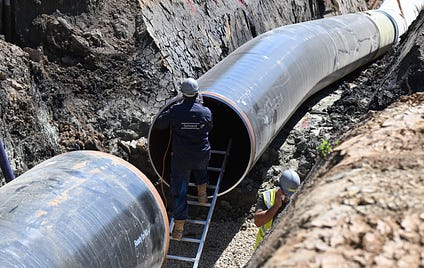


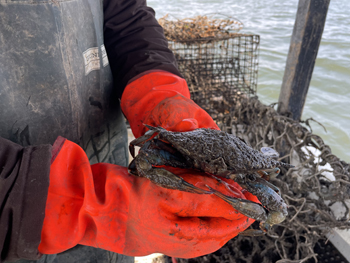




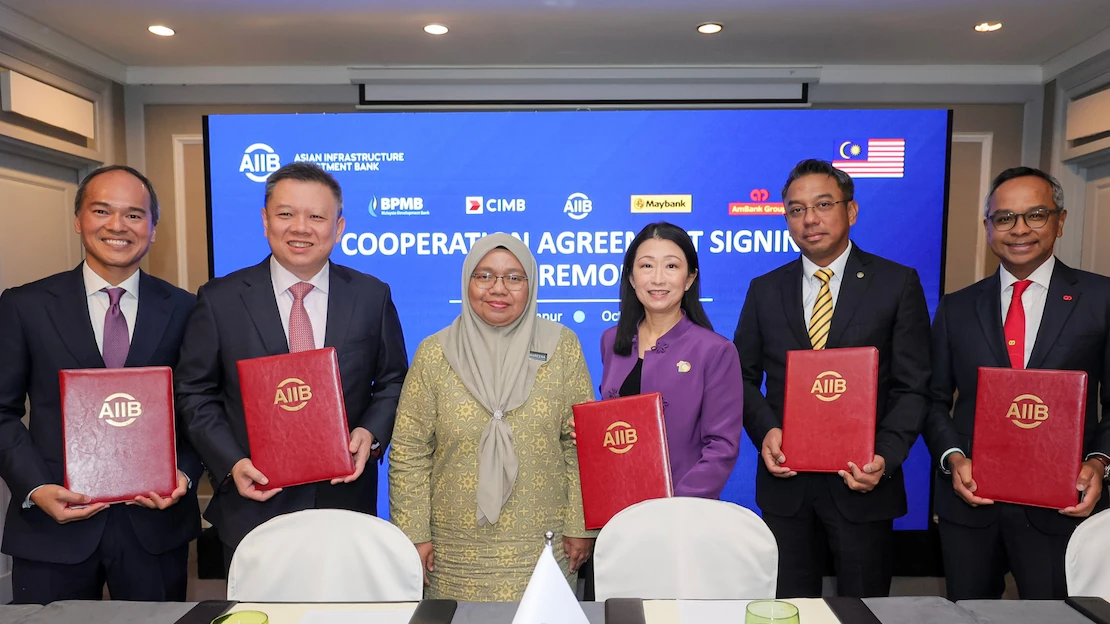
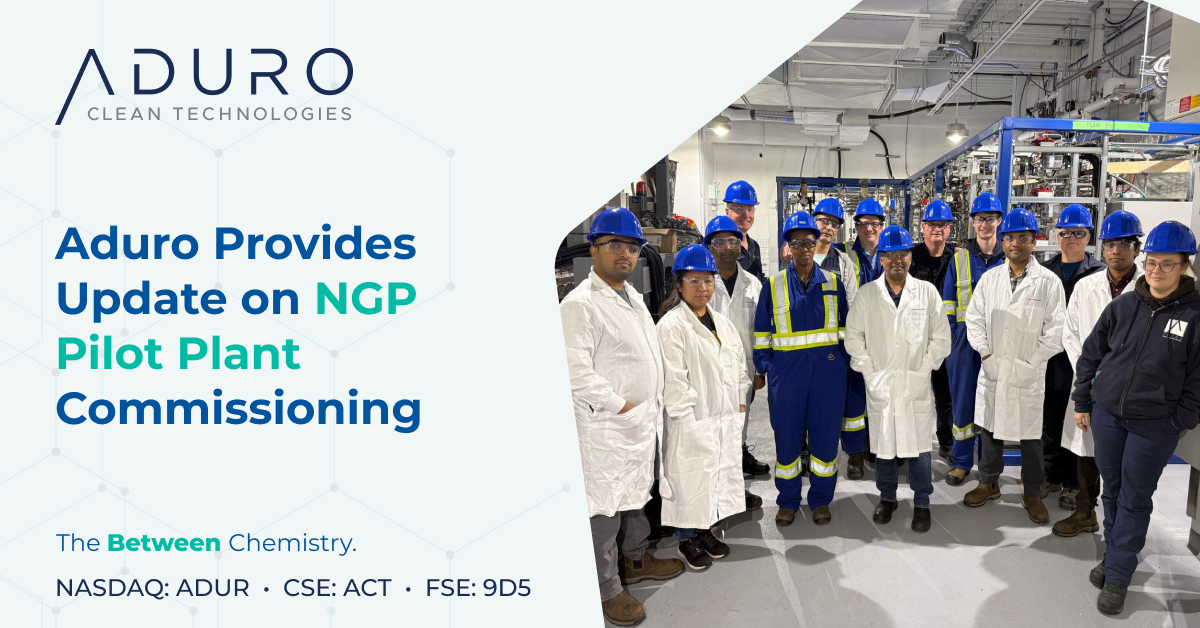





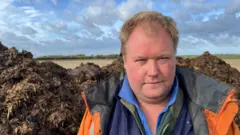


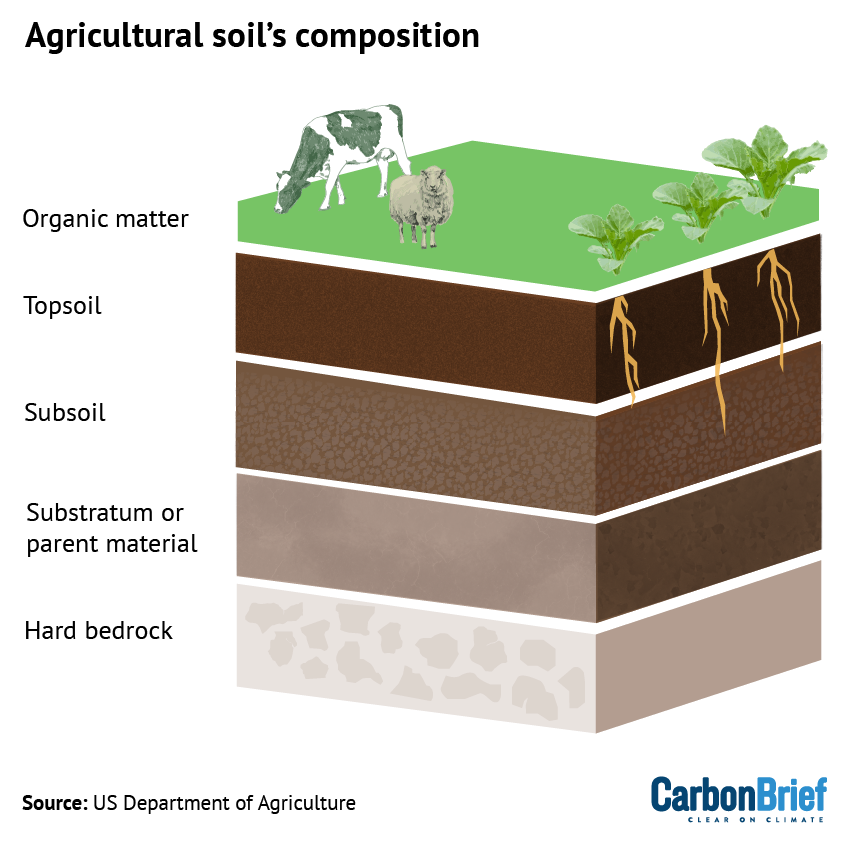


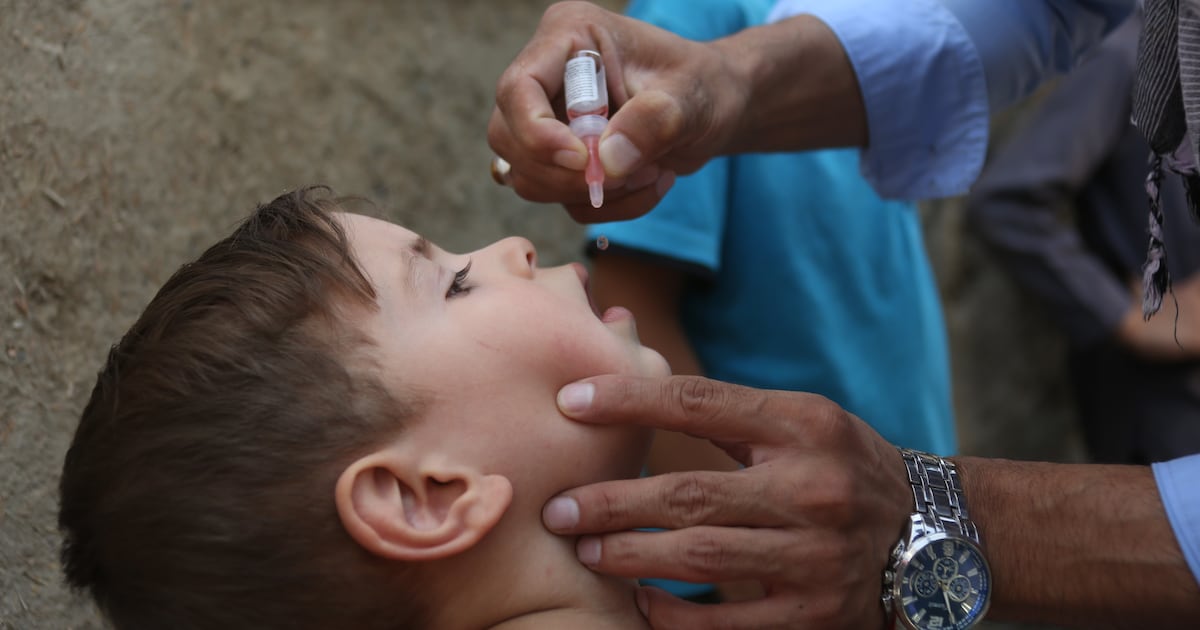



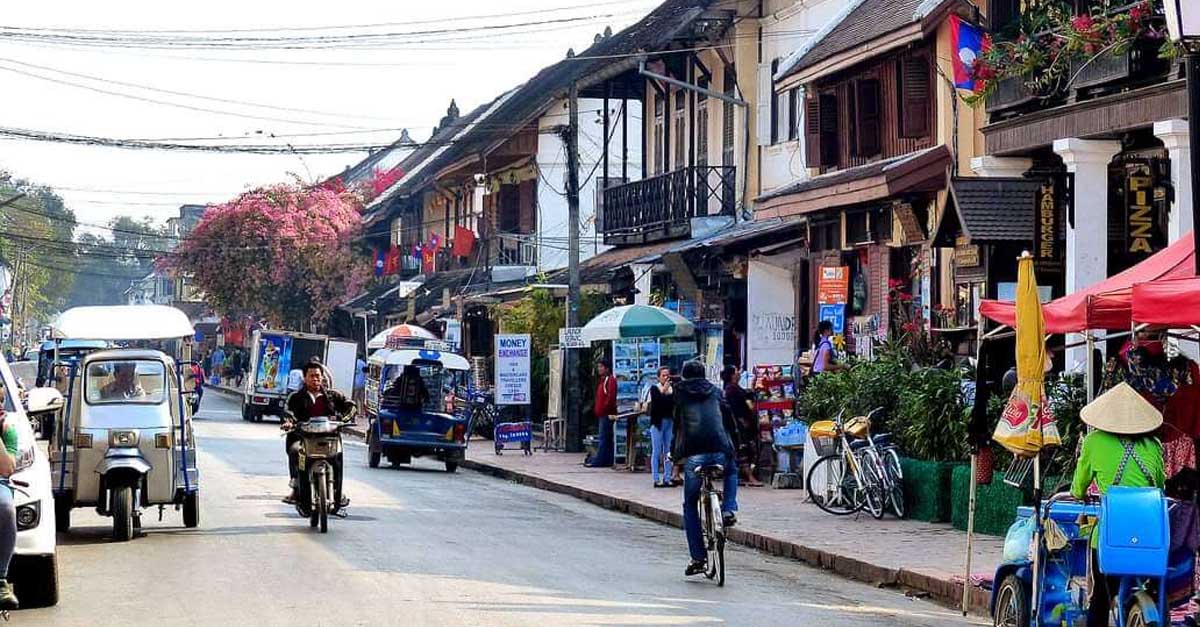





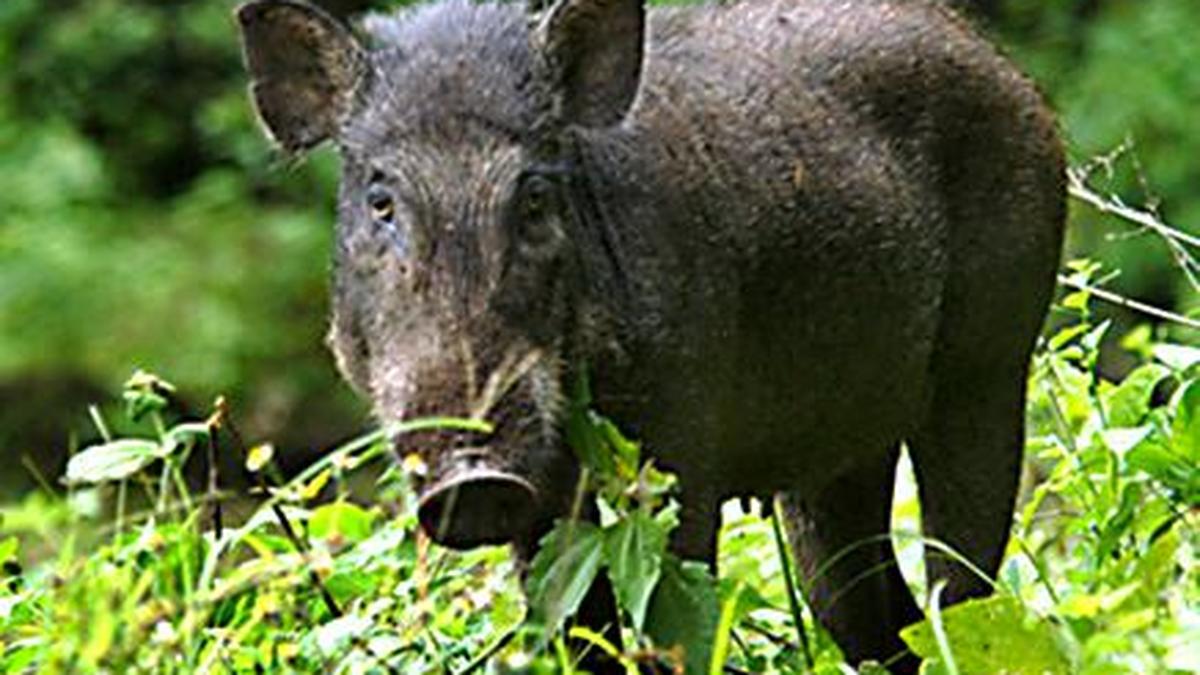
.png?sfvrsn=138ad5fb_3#)







